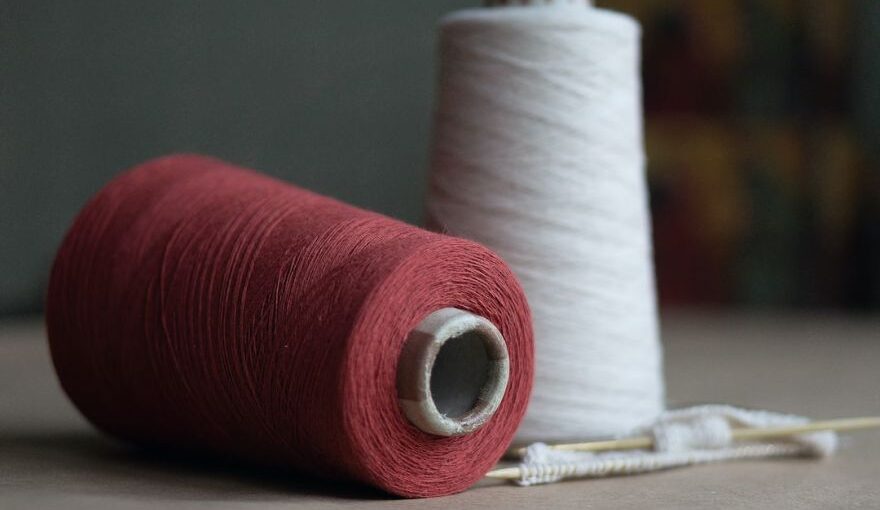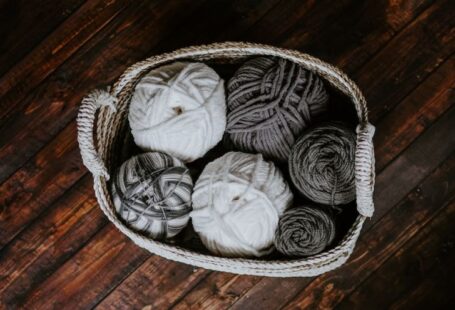Weaving in ends is a crucial step in any knitting or crochet project. It involves securing loose yarn tails to ensure a neat and professional finish. While it may seem like a tedious task, mastering the art of weaving in ends is essential for creating high-quality and durable handmade items. In this article, we will explore the essential tools and techniques that will help you become an expert in weaving in ends.
Understanding the Importance of Weaving in Ends
Before diving into the tools and techniques, it’s important to understand why weaving in ends is necessary. When you knit or crochet, you create new stitches by interlocking loops of yarn. However, these loops can easily unravel if not properly secured. Weaving in ends ensures that the yarn tails are hidden and locked in place, preventing any unraveling or snagging.
Essential Tools for Weaving in Ends
To successfully weave in ends, you’ll need a few essential tools. These include:
1. Tapestry Needle: A tapestry needle is a blunt-ended needle with a large eye, perfect for threading yarn tails. It allows you to weave the ends seamlessly through your work without damaging the fibers.
2. Scissors: A pair of sharp, small-sized scissors is essential for trimming excess yarn tails after weaving them in. Make sure to use a pair that is dedicated to your knitting or crochet projects to avoid dulling the blades.
Techniques for Weaving in Ends
Now that you have the necessary tools, let’s explore some techniques for weaving in ends:
1. Duplicate Stitch: This technique involves embroidering the yarn tail into the existing stitches of your work. Thread the yarn tail onto the tapestry needle and follow the path of the nearby stitches, mimicking their pattern. This method is ideal for projects with a dense stitch pattern, such as cables or colorwork.
2. Weaving Through Stitches: For projects with a looser stitch pattern, such as garter stitch or open lacework, weaving through the stitches is a preferred technique. Thread the yarn tail onto the tapestry needle and weave it in and out of the stitches in a zigzag pattern. Be sure to distribute the yarn evenly to avoid any bulging.
3. Splitting Yarn Plies: When weaving in ends, you can also split the plies of the yarn to ensure a seamless finish. Split the yarn tail into individual plies and weave each ply separately through the stitches. This technique is particularly useful for fine or delicate yarns.
4. Russian Join: The Russian join is a unique technique that allows you to join a new ball of yarn without leaving any loose ends to weave in later. To do this, overlap the old and new yarn tails for a few inches and twist them together. Then, thread each tail onto separate tapestry needles and weave them separately into the stitches, ensuring they are secure.
Conclusion: Mastering the Art of Weaving in Ends
Weaving in ends may seem like a tedious task, but it is an essential skill to achieve a professional finish in your knitting or crochet projects. By understanding the importance of securing loose yarn tails and using the right tools and techniques, you can master the art of weaving in ends. Whether you choose to use duplicate stitch, weaving through stitches, splitting yarn plies, or the Russian join, practice and consistency are key to achieving a neat and invisible finish. So, grab your tapestry needle, thread those yarn tails, and weave them in with confidence!





